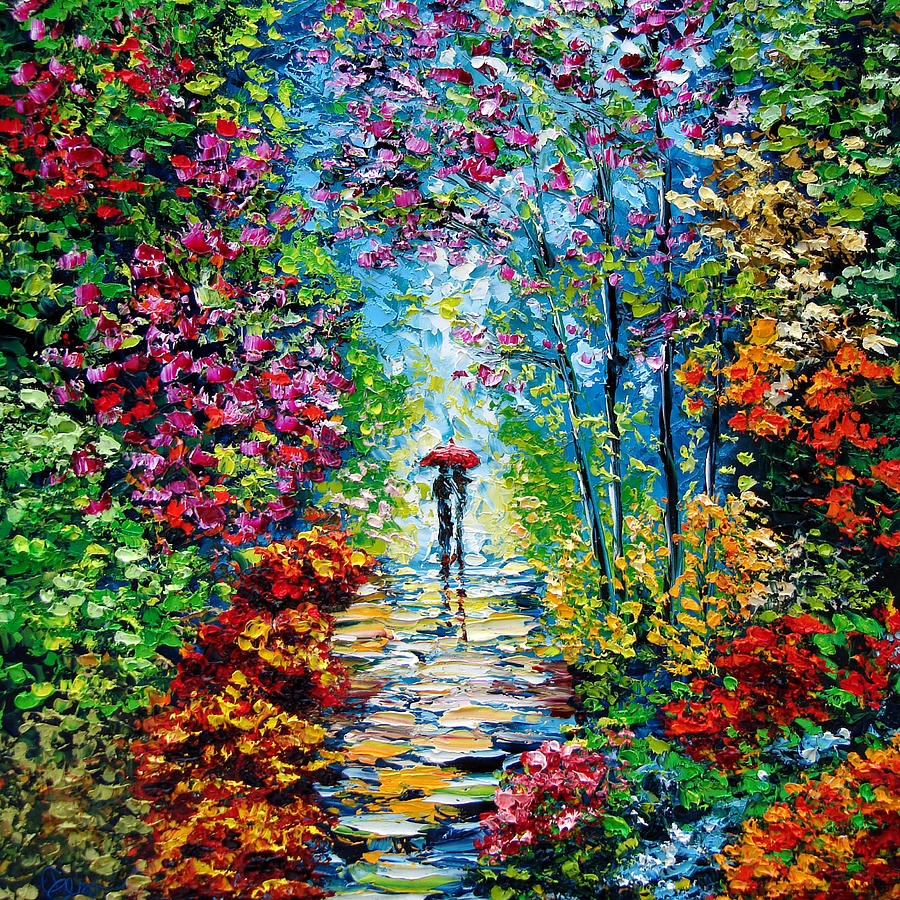Trattato della Pittura
Parte sesta | Capitoli 894-916
Indice
894. Delle erbe de' prati.
895. Dell'ombra della verdura.
896. De' paesi in pittura.
897. Perché le ombre de' rami fronzuti non si dimostrano potenti vicino alle loro parti luminose come nelle parti opposite.
898. Qual parte del ramo della pianta sarà piú oscura.
899. Della veduta degli alberi.
900. De' paesi.








